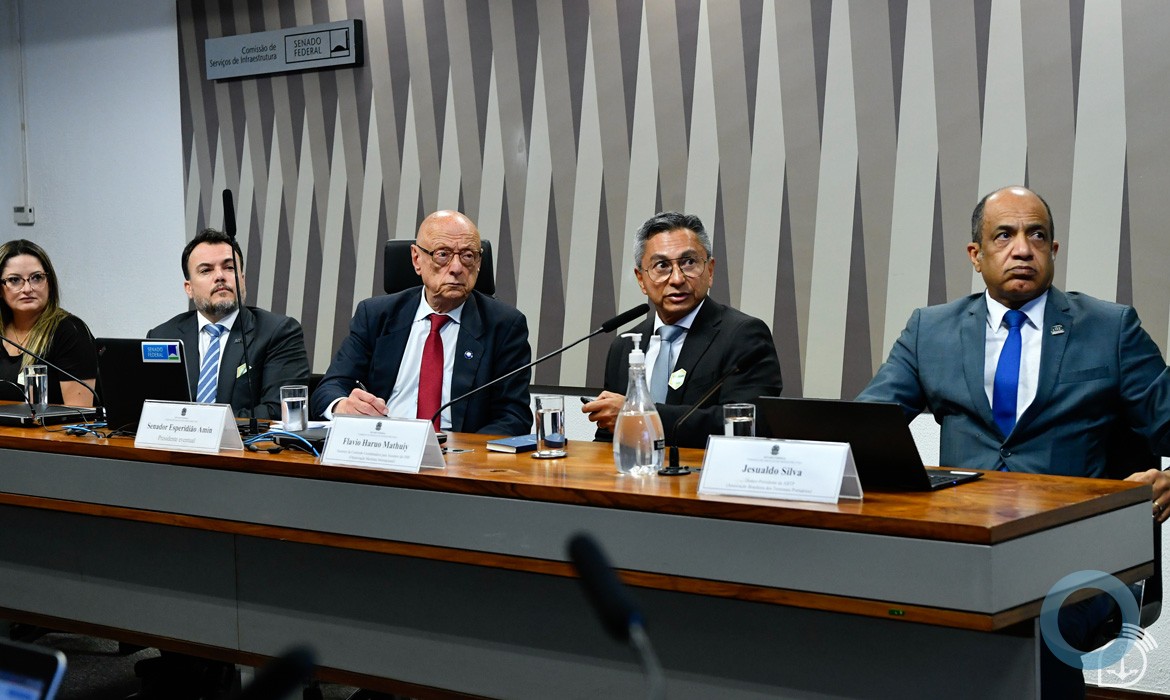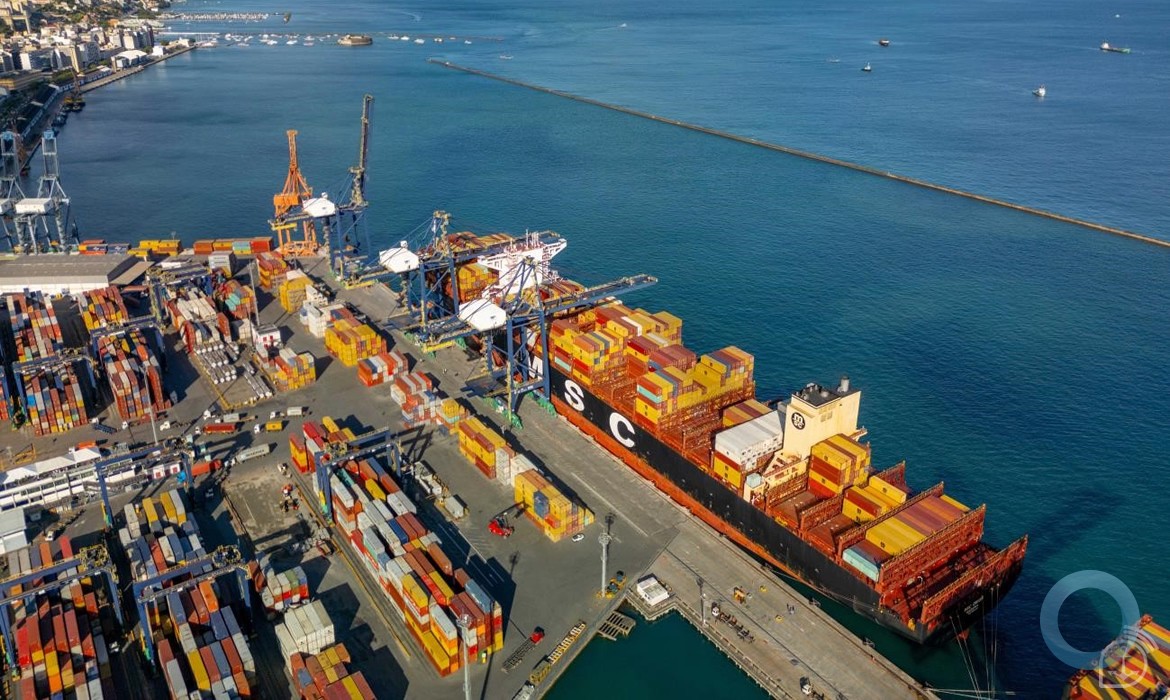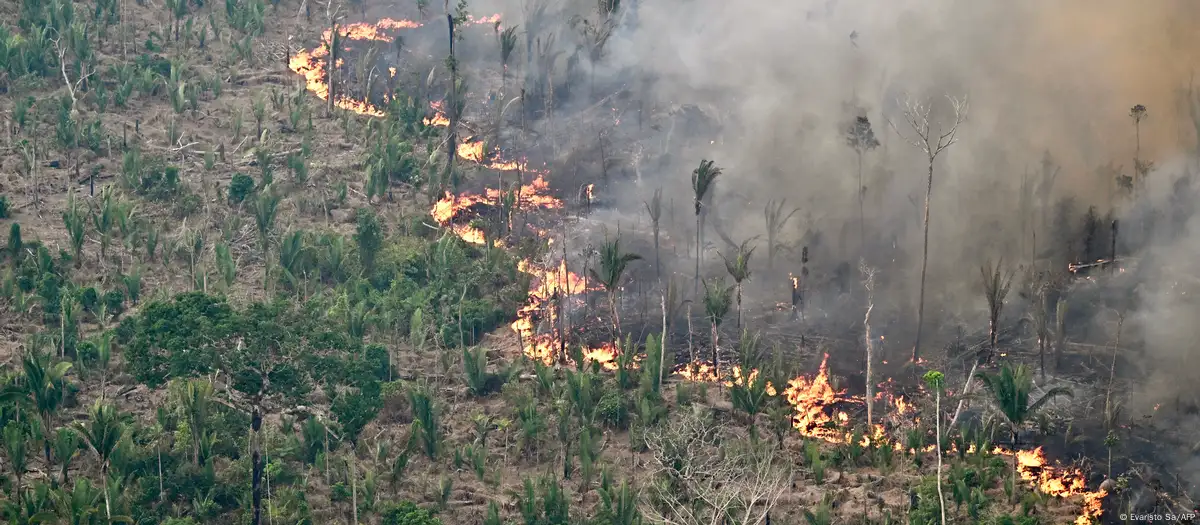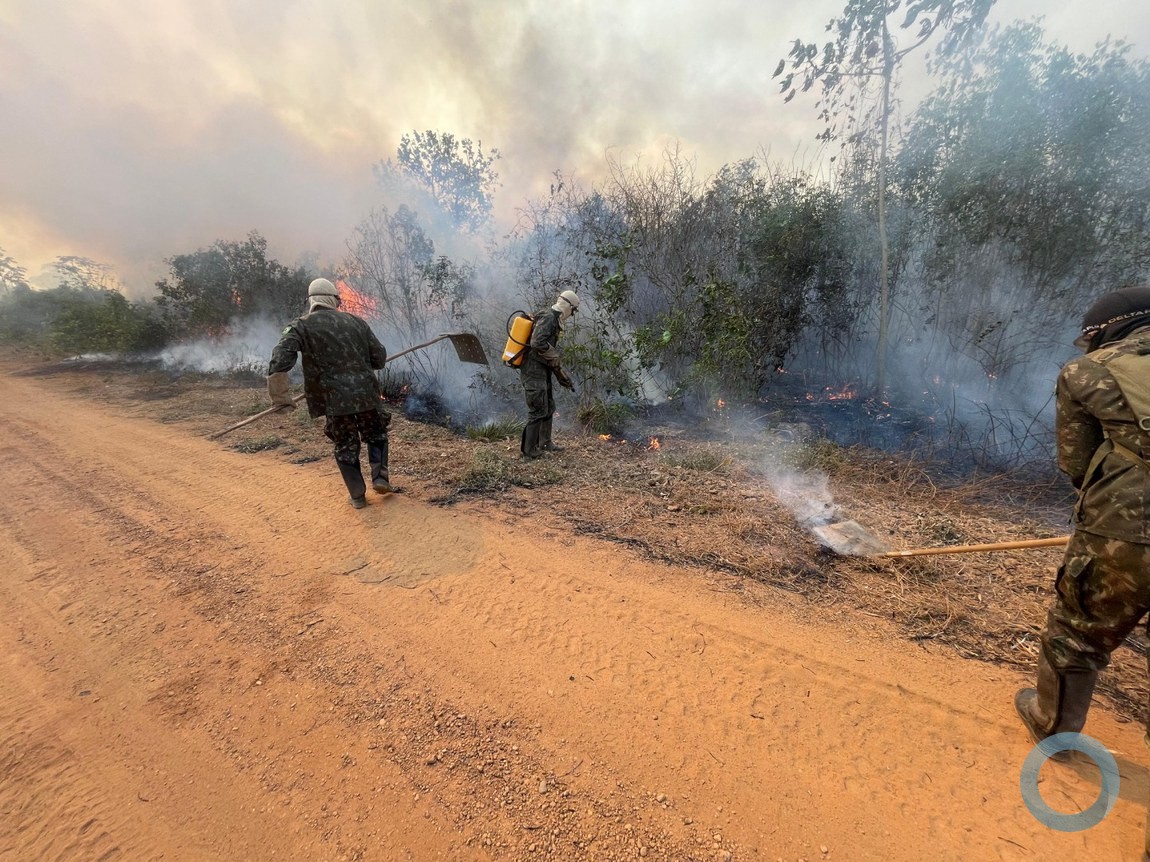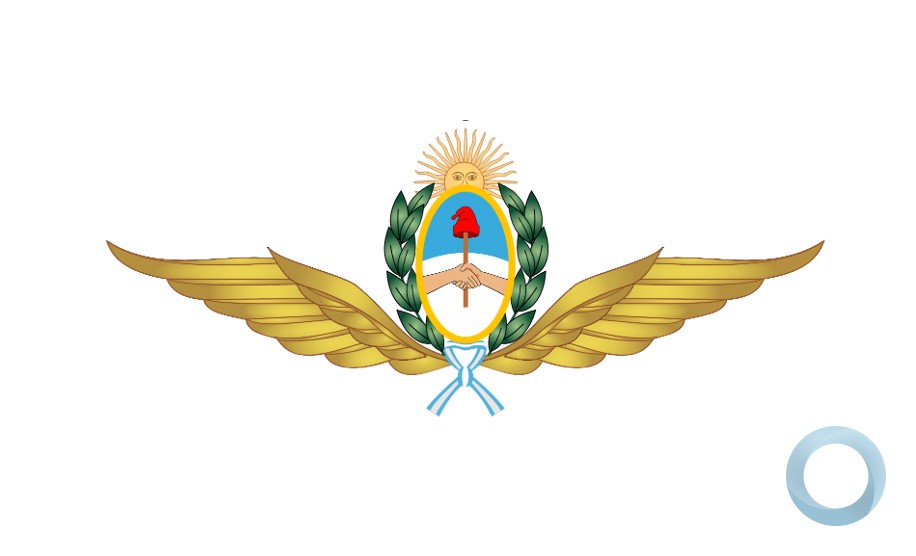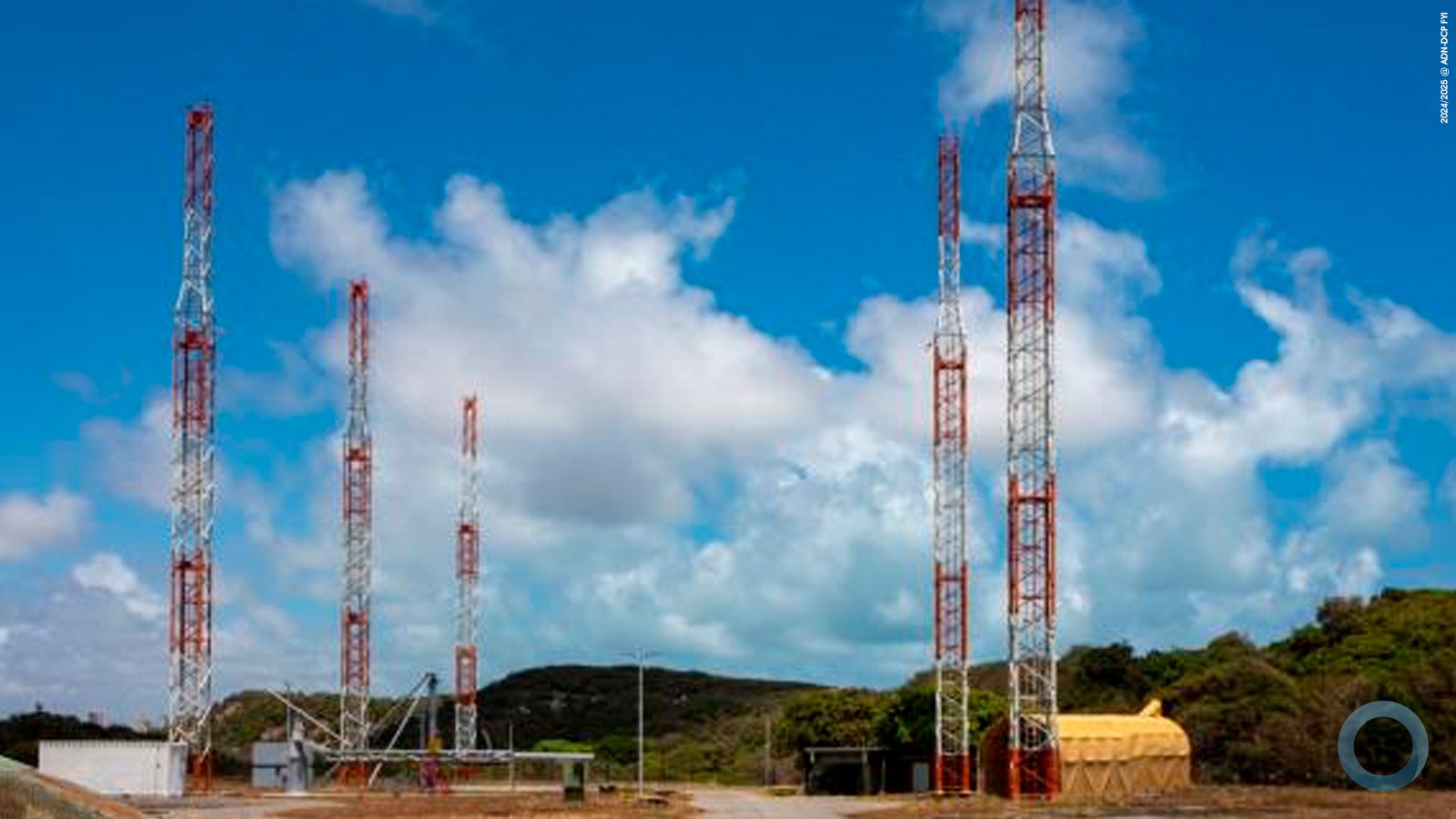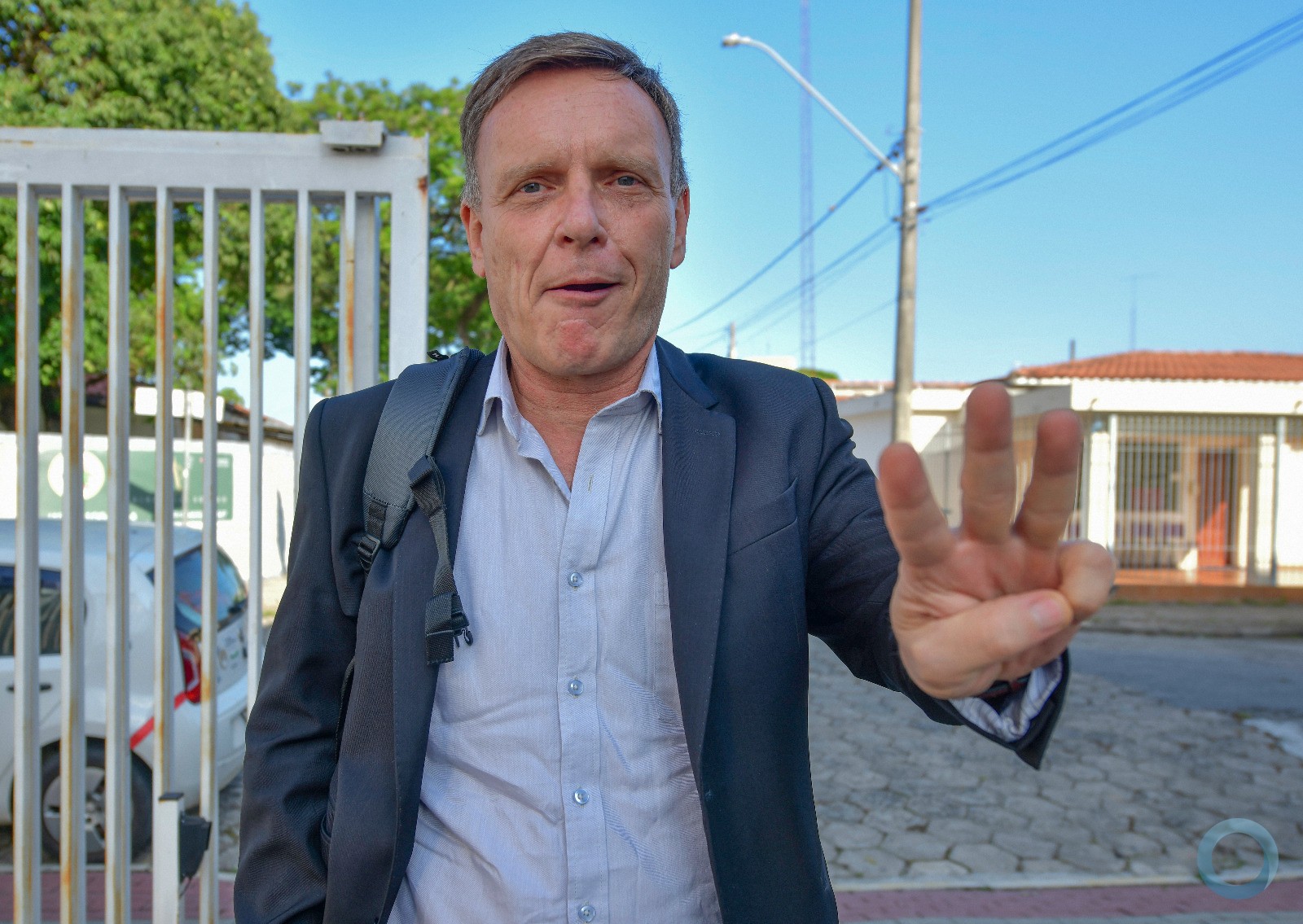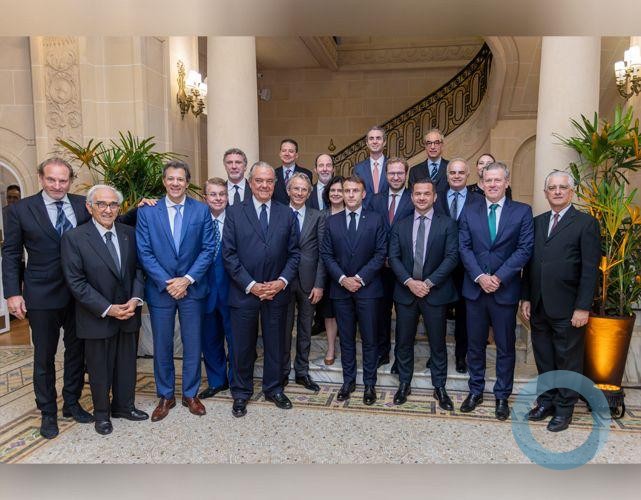Amazon, after Greenland?
Lorenzo Carrasco
The author is a Brazil-based Mexican journalist, co-founder and president of the Ibero-american Solidarity Movement (MSIa – www.msiainforma.org);
e-mail: lorenzo.carrasco.bazua@gmail.com
|
Lorenzo Carrasco – Após a Groenlândia, a Amazônia? Especial do editor do Movimento de Solidariedade Ibero-Americano Link |
Even Americans who learned about the doctrines of “exceptionalism” and “Manifest Destiny”, and are associated to the country’s higher decision circles were surprised with President Donald Trump’s declaration about his intention to buy Greenland, the world’s largest island, and an autonomous territory belonging to Denmark, a solid ally of the USA at NATO (North Atlantic Treaty Organization).
If one thought this was just another inconvenient witticism as usual with the President, Trump soon showed he meant it, briskly reacting to the expected negative reaction of Prime Minister Mette Frederiksen (“Greenland is not for sale”) by cancelling an already scheduled visit to Denmark in September.
Amid the howling, former Assistant Secretary of State Heather A. Conley, presently Vice-president for Europe, Eurasia and Arctic of the Center for Strategic and International Studies (CSIS), one of Washington’s most important think-tanks, wrote an article for Washington Post on August 21, where she suggests that Trump invest in Alaska, rather than creating problems with a strategic ally: “Instead of buying Greenland, I strongly recommend the President to invest in Alaska to deepen our economic and safety relations with Greenland and Denmark. After all, both are open to business.”
However, it is convenient to recall that a major part of the American territory was bought and added to the original Thirteen Colonies, as Louisiana, Alaska, and Virgin Islands, or by military conquest – Texas, California, Arizona, and New Mexico, taken from Mexico after the 1846-48 War, already under the aegis of the “Manifest Destiny”.
Be it as it may, the Trumpian boasting must have awakened the imperial instincts of the British editors of The Economist, who hurriedly published an editorial defending territorial sale by countries faced with neighbour disputes to pay for debts or for environmental reasons. “The world would be more pacific if the countries sold territories”, states the editorial. “With some imagination, it is possible to see a large and varied business market. Climate change could foster the demand”, echoing the nostalgia of the British Empire, whose greater part was incorporated manu militari.
For those who think such elucubrations are unthinkable delirium it is worth pondering that the higher oligarchical circles are used to think decades in advance. One example is the advance over the large Ibero-American state corporations, discussed by them in the first half of the 1980’s, and later embodied by the Washington Consensus. In particular, in an August 1983 seminar promoted by the American Enterprise Institute, establishment’s heavy weights, such as former Secretary of State Henry Kissinger, the future president of Federal Reserve Alan Greenspan, ex-President Gerald Ford, and others, openly discussed the “need” for foreign capital in the large state companies of indebted countries as Brazil, Argentina, Mexico, and others, through the plan called debt-for-equity swaps. On that occasion Brazil’s Petrobras was cited as one of the plan’s targets.
Two years later, when I arrived in Brazil, the most heard answer when commenting on this matter with General Meira Matos and other well-known Brazilian nationalists was: “Impossible.” Without using the old Brazilian expression “it wasn’t for lack of advice”, it would be relevant to know what they would say about the main headlines of the Valor Econômico newspaper from August 22: “Economic team intends to sell Petrobras till 2022.”
The comparison between state companies and territories is far from being forced. Exchanging national external debt for natural “protection” agreements (debt-for-nature swaps) was also aired by oligarchical planners as part of a vast plot for financialization of environmental questions, which now have reached their paroxysm in face of the climate change agenda.
These options were widely discussed at the Fourth World Wilderness Congress in Denver, USA, during September 1987, counting with high representatives of the Anglo-American establishment, such as: then Secretary of Treasury , James Baker; multibillionaires Edmond de Rothschild and David Rockefeller; Canadian tycoon Maurice Strong, the main establishment “environmental executive”; ex-Director of USA Environmental Protection Agency (EPA), William Ruckelshaus; ex-Norway’s Premier Gro-Harlem Brundtland, coordinator of the Brundtland Commission, who created the concept of sustainable development; and many others.
In one of his many interventions, Edmond de Rothschild presented the atmospheric warming by fossil fuel carbon emission as the greatest mankind problem, anticipating the present “decarbonization” campaign. One of the ventilated proposals to face the problem was the creation of an international “conservation bank”.
During the seminar, the American NGO World Resources Institute was charged with elaborating a report with recommendations for imposing “global environmental ethics” especially upon developing countries.The document, as finished in 1989, had as its main directives:
1) Establishing an International Environmental Facility, which “would help to mobilize substantial additional financing in appropriate terms for conservation projects of bilateral and multilateral developments agencies, and whenever possible, of the private sector”. Its basic function would be to “identify, design, and finance solid conservation projects in the Third World”.
2) Establishing a world environmental fund, managed by the United Nations Development Program, to be financed by fining “polluters”, and especially activities that produced “greenhouse effect gases”.
3) Promoting several forms of swapping debts for equities, e.g. by bringing some relief for developing countries’ debts by prohibiting the use of tropical forests for cattle raising, or by directing external loans for wilderness preservation, instead of development projects.
The formal proposal for creating a “conservation bank” was presented by France during a ministerial meeting of the International Monetary Fund in 1989. It is known that then- President François Mitterrand (1981-1995) was an enthusiast of applying “limited sovereignty” to environmental questions. The project was put under the auspices of the World Bank, and formally established in 1991 under the name Global Environmental Facility, later changed to Global Environmental Fund, GEF. After the Rio-92 conference, GEF was removed from under the World Bank, and converted into an independent agency, although the bank continued as its curator.
Among other functions, the Fund works as the financial mechanism for the United Nations Framework Convention on Climate Change (UNFCCC), in charge of international implementation of measures related to climate questions, which have acted as spearheads for the efforts to limit industrialization and development for all countries of the world.
Through “financialization” of environmental questions and their connection to sovereign debts, the oligarchical establishment came to possess in their radar an efficient blackmailing instrument against developing countries, especially those disposing of vast natural resources. With GEF and other similar initiatives, the powers which control the environmental movement had the means to press the targeted countries to accept the environmental and indigenous people agenda, unless they accepted complications over negotiating their external debts.
As in general in these countries the resources for environmental and indigenous “protection” are always disputing the limited governmental budgetary priorities, international resources are received without questioning the demands imposed by the environmental machinery towards internal development restrictions.
One example of these programs which framed Brazil into the “Green-Indian” agenda was the Brazilian Pilot Program for Tropical Forest Protection (PPG-7). Between 1992 and 2009, PPG-7 attracted to the country a total of 463 million dollars, applied in conservation projects of the Amazon and Atlantic Forest biomes, in an effort to decrease international pressure for environmental and indigenous matters.
Another one is the Amazon Fund, established in 2008, and financed by Norway and Germany, whose fate faces deadlock, because of the present Brazilian government questioning.
On the other hand, despite the government’s critical attitude against the politics of the environmental agenda, the ultraliberal orientation of the economic team led by Economy Minister Paulo Guedes, manifest by his intention of privatizing Petrobras, puts in check the capacity of the Brazilian State to fully display its sovereignty for the country’s development. So, what seemed unthinkable until recently has ceased to be so. In this environment, bizarre proposals involving the Amazon may stop being unthinkable. After all, the international campaign articulated over the Amazon fires has the open intention of demonstrating that Brazil is unable to protect what has wrongly been called “the world’s lungs”. Brazil must be prepared to get rid of this ambush.
The author is a Brazil-based Mexican journalist, co-founder and president of the Ibero-american Solidarity Movement (MSIa – www.msiainforma.org);
e-mail: lorenzo.carrasco.bazua@gmail.com
Acompanhe a Série Especial Fogo-Fire-Feuer-Feu








